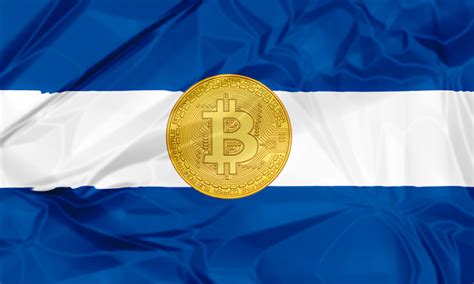The Truth About Physical Bitcoin: Myth or Reality?

`markdown
Have you heard about physical bitcoin? The idea of holding a tangible coin representing digital cryptocurrency is intriguing. But is it a genuine concept, or just a novelty item? Let's delve into the world of physical bitcoin and uncover the facts.
What is Physical Bitcoin?
Physical bitcoin refers to representations of Bitcoin in a tangible form, typically coins or bars. These are often made of metal and may feature a hologram or QR code. The key question is whether these physical bitcoin actually hold any Bitcoin value, or if they're purely collector's items.
Are Physical Bitcoins "Real" Bitcoin?
In most cases, the answer is no. A physical bitcoin itself is not a Bitcoin. It's a physical object that might be associated with a private key that grants access to a specific amount of Bitcoin. If the private key is printed on or embedded in the physical bitcoin and is still valid, then the concept of a physical bitcoin holding value holds true. However, there are crucial considerations:
- Private Key Security: If the private key is compromised, the Bitcoin associated with the physical bitcoin can be stolen.
- Trusted Manufacturer: It's crucial to buy physical bitcoin from a reputable manufacturer. Some are simply novelty items with no real Bitcoin backing.
- Redeeming the Bitcoin: The process of claiming the Bitcoin associated with a physical bitcoin can sometimes be complicated or risky.
- Theft: A physical bitcoin can be stolen just like any other valuable object.
- Counterfeiting: Fake physical bitcoin are common.
- Private Key Loss: Losing access to the private key means losing the Bitcoin associated with the physical bitcoin.
- Manufacturer Fraud: The manufacturer may not actually hold the Bitcoin they claim is associated with the physical bitcoin.
- Casascius Coins: These were among the first physical bitcoin and are now considered collectibles. They contained a private key under a tamper-evident hologram.
- Titan Bitcoin: These are more recent options available, but always do your research into reputation and security measures.
- Lealana Bitcoin: Another popular type of physical bitcoin, but again, research their reputation carefully.
- Research the Manufacturer: Look for established companies with a strong reputation for security.
- Check for Tamper Evidence: Ensure the seal protecting the private key hasn't been broken.
- Verify the Private Key: Only redeem the Bitcoin to a secure wallet if you trust the manufacturer. Consider importing the key to a software wallet only to transfer it to a hardware wallet immediately.
- Understand the Redemption Process: Be aware of any fees or complexities involved in claiming the Bitcoin.
- Physical Bitcoin: Tangible representation of Bitcoin, usually in coin or bar form.
- Not Necessarily "Real" Bitcoin: The coin itself doesn't hold value unless it's linked to a valid, uncompromised private key.
- High Risk: Potential for theft, counterfeiting, private key loss, and manufacturer fraud.
- Collector's Items: More often seen as novelties or collectibles rather than a primary way to store or transact Bitcoin.
The Allure of Tangible Crypto
The appeal of physical bitcoin lies in the desire to hold a tangible representation of a digital asset. For some, it offers a sense of security and ownership that digital wallets lack. They provide a unique way to display your belief in blockchain technology.
The Risks Associated with Physical Bitcoin
Investing in physical bitcoin carries significant risks:
Types of Physical Bitcoin
Several companies have produced physical bitcoin, with varying levels of security and backing:
How to Verify a Physical Bitcoin
If you're considering purchasing a physical bitcoin, follow these steps:
The Future of Physical Bitcoin
While physical bitcoin provides a novel way to interact with cryptocurrency, its future remains uncertain. The inherent risks associated with security and the availability of secure digital wallets may limit its widespread adoption. However, their collectibility and novelty status will likely endure.
Physical Bitcoin: A Summary
FAQ About Physical Bitcoin
Q: What is a physical bitcoin?
A: A physical bitcoin is a tangible coin or bar designed to represent a Bitcoin. It may or may not contain a private key that provides access to Bitcoin.
Q: Are physical bitcoin a good investment?
A: No, physical bitcoin are generally not a good investment due to the high risks of theft, fraud, and private key loss. They are better viewed as collectibles.
Q: How can I tell if a physical bitcoin is legitimate?
A: Research the manufacturer, check for tamper evidence, and carefully verify the private key if one is present.
Q: Can I spend a physical bitcoin?
A: You cannot directly spend a physical bitcoin. You must first redeem the Bitcoin associated with its private key (if any) to a digital wallet.
`





